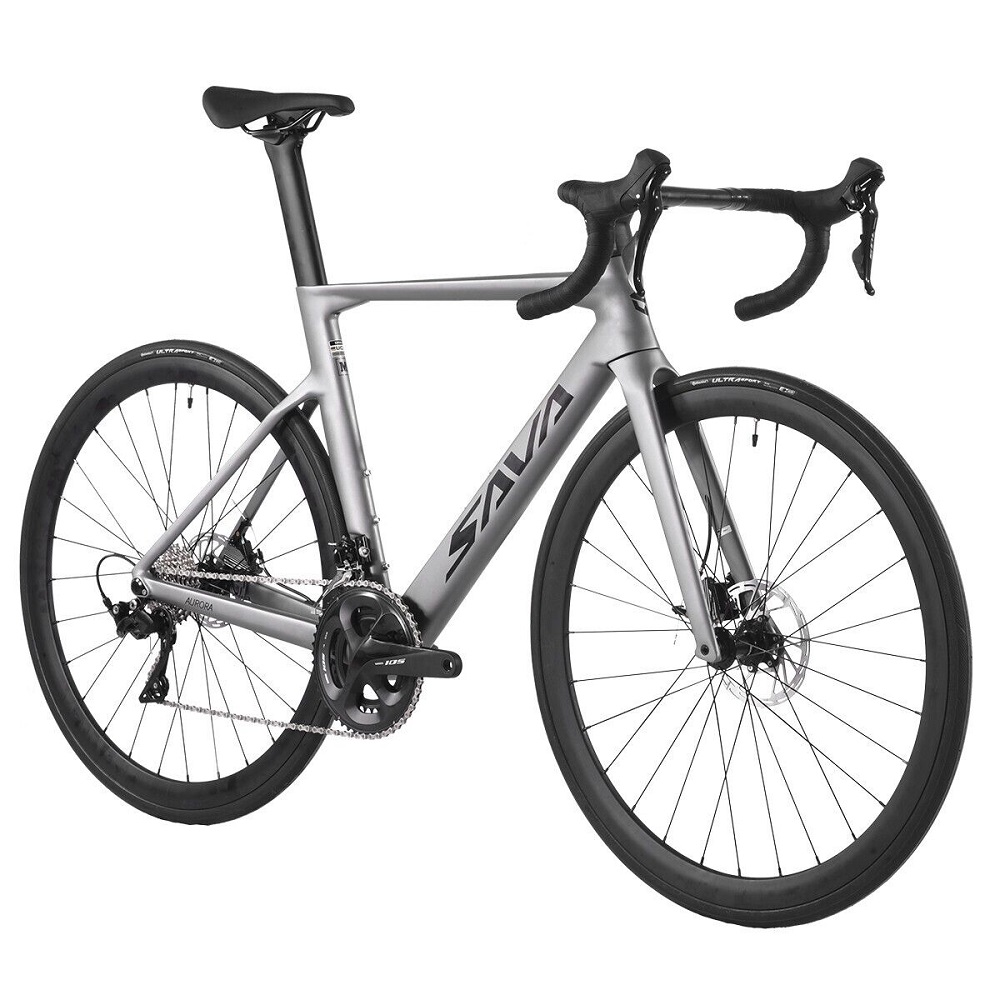What Are Road Bikes and How Do They Differ from Other Bikes?
Cycling road bikes are designed for paved surfaces and long-distance cycling. They are lightweight and built for speed. Their features set them apart from other types of bicycles, making them ideal for specific uses.
Key Features of Road Bikes
Road bikes have narrow tires for minimal rolling resistance. Their lightweight frames are often made of aluminum or carbon. Drop handlebars allow riders to switch between aerodynamics and comfort. Most have higher gear ratios for faster speeds on flat terrain. These features make road bikes perfect for competitive cycling and long rides.
Comparing Road Bikes to Mountain and Hybrid Bikes
Mountain bikes are heavier and built for rough trails. They have wider tires and strong suspensions. In contrast, cycling road bikes prioritize speed and smooth rides. Hybrid bikes combine features of road and mountain bikes. They offer comfort and versatility for casual riders. Road bikes excel in efficiency and performance on paved roads.
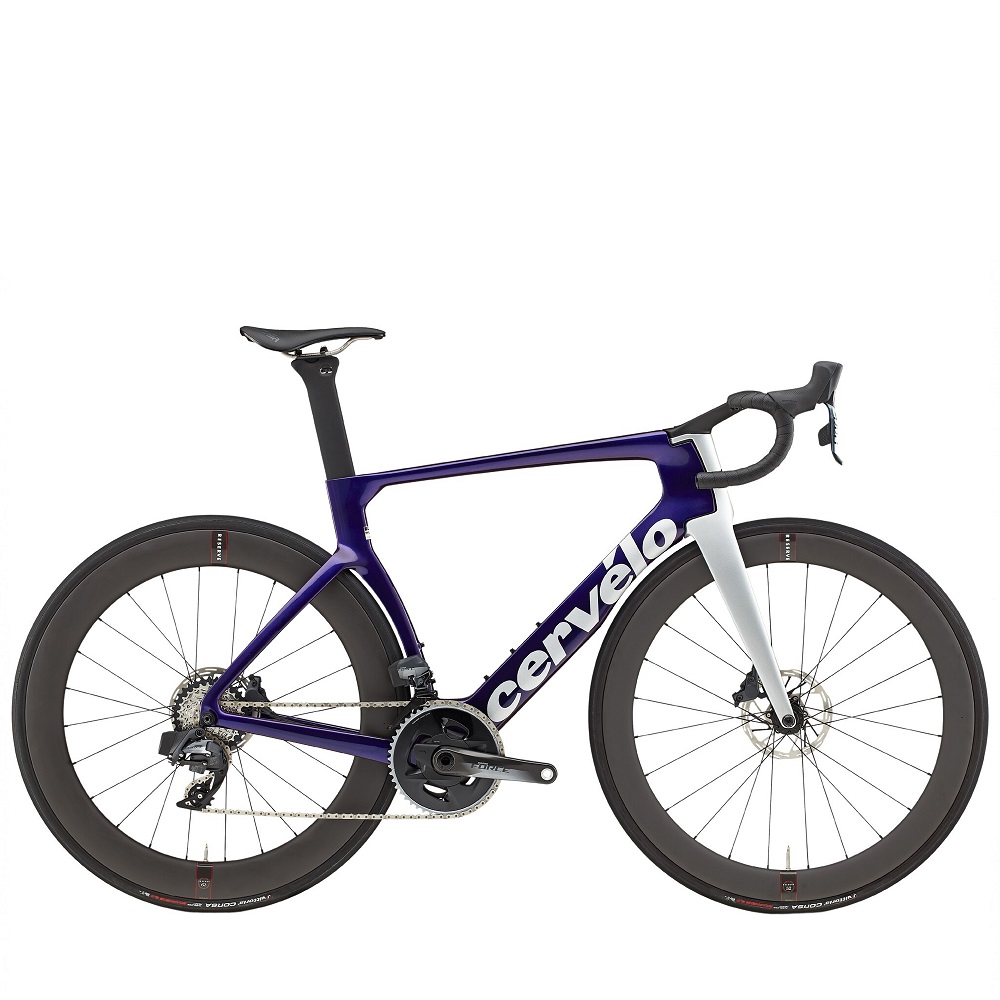
Types of Road Bikes
Road bikes are designed for various cycling purposes and terrains. Choosing the right type depends on your riding style and needs. Below, we cover four main types of cycling road bikes: racing, endurance, gravel, and touring bikes.
Racing Bikes
Racing bikes prioritize speed and performance. They are ultralight and built for competitive cycling. Features include aerodynamic frames, aggressive riding positions, and high-performance components. These bikes excel in smooth, flat terrains like paved roads and race tracks. However, their design focuses more on speed than comfort, making them less suitable for long, relaxed rides.
Endurance Bikes
Endurance bikes balance speed with comfort, making them ideal for long-distance rides. They have a more relaxed geometry than racing bikes, promoting an upright riding position. Features include wider tires for shock absorption and slightly heavier frames for stability. Endurance bikes suit riders tackling rougher paved roads or aiming for all-day rides.
Gravel Bikes
Gravel bikes are versatile and handle both paved roads and mixed terrains. They feature wider tires with tread for better grip on dirt and gravel paths. Their frames are more robust than racing or endurance bikes, offering durability. Gravel bikes include multiple mounting points for accessories like racks and fenders, ideal for adventurous riders exploring off-road trails.
Touring Bikes
Touring bikes are designed for long-distance travel with heavy loads. They emphasize durability, comfort, and ample storage capacity. Features include sturdy frames, mounting options for panniers, and slightly wider tires for stability. Touring bikes suit riders embarking on cross-country trips or multi-day cycling adventures.
Choosing the right road bike depends on your primary cycling goals and the terrain you plan to ride on. Whether you prefer speed, versatility, or long-distance comfort, there’s a road bike suited for your needs.
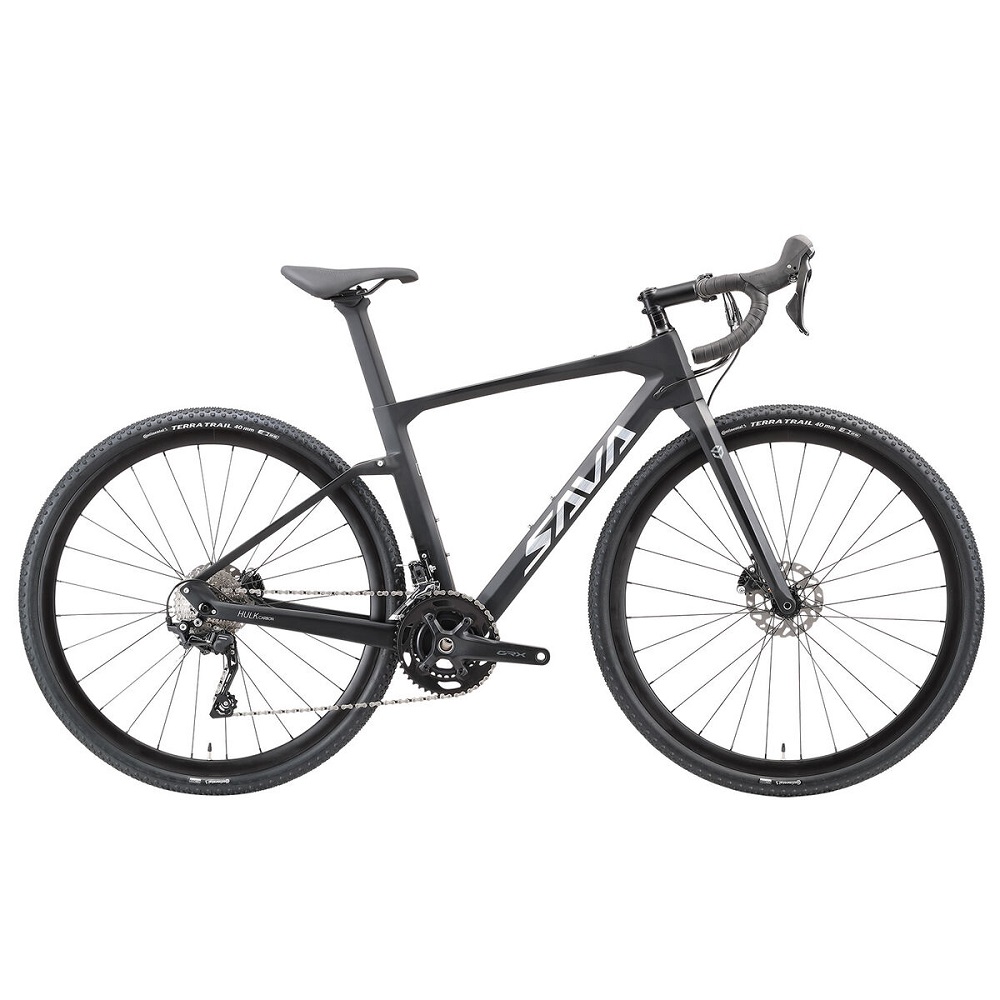
Factors to Consider When Choosing a Road Bike
Choosing the right cycling road bike involves considering multiple factors. Each factor impacts your performance, comfort, and riding experience. Here’s a breakdown of the key considerations:
Frame Material (Aluminum, Carbon, Steel)
The frame material significantly affects a bike’s weight, durability, and cost.
- Aluminum: Lightweight and affordable, aluminum frames are common in entry-level bikes. They provide a stiff ride but absorb road vibrations less effectively.
- Carbon: Lighter and smoother than aluminum, carbon frames deliver excellent shock absorption. However, they are pricier and may require more care.
- Steel: Durable and flexible, steel frames are ideal for long-distance rides. They are heavier but offer exceptional comfort and longevity.
Selecting the right frame material depends on your budget and cycling goals.
Bike Geometry and Fit
Bike geometry determines your riding position and comfort.
- Racing bikes feature aggressive geometrics for speed, with low handlebars for aerodynamics.
- Endurance bikes have more relaxed geometry, offering upright positions for long, comfortable rides.
- A proper fit is essential to avoid strain or injury. Look for a bike that matches your body measurements.
Consider test rides or professional fitting to ensure your road bike suits your needs.
Wheel Size and Tire Thickness
Wheels and tires influence speed, handling, and versatility.
- Wheel size: Most cycling road bikes use 700c wheels, balancing speed and efficiency on paved surfaces.
- Tire thickness: Narrow tires offer low rolling resistance, ideal for fast rides. Wider tires add stability and comfort, especially on rough roads.
Gravel and touring bikes usually feature wider tires for mixed or off-road terrain.
Gearing Options
Gearing systems affect your bike’s efficiency on different terrains.
- High gear ratios suit flat roads and prioritize speed.
- Low gear ratios help tackle steep climbs with less effort.
- Some bikes offer wide-range gearing systems for versatile riding.
Match your bike’s gearing setup to your typical terrain and fitness level. Adjustable gearing is especially useful for beginners.
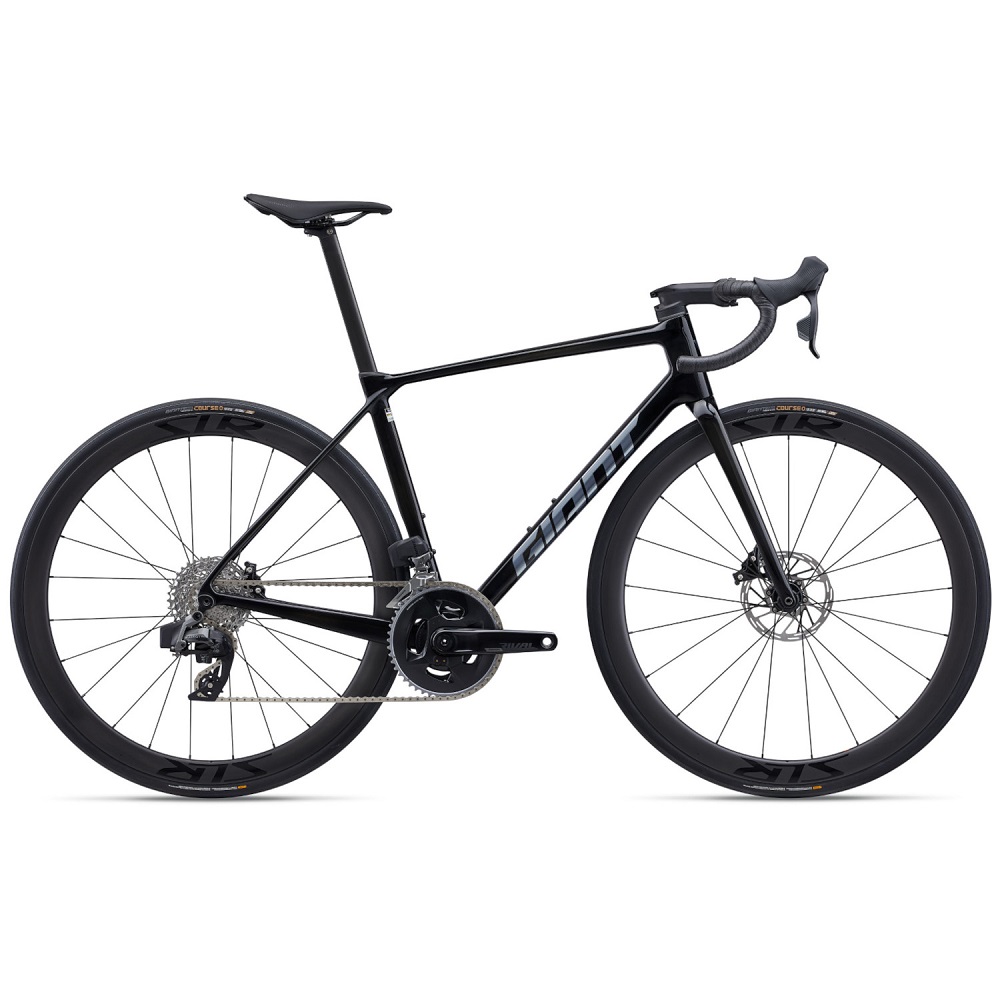
The Importance of Sizing and Fit
Proper sizing and fit are crucial for enjoying your cycling road bike. A bike that fits well improves comfort, performance, and reduces the risk of injury. Let’s explore how you can ensure correct sizing and adjustments.
How to Measure Yourself for a Road Bike
Accurate measurements help you choose the right bike size. Key measurements include:
- Inseam Length: Measure from the ground to your crotch. This determines the bike’s frame size.
- Torso and Arm Length: These measurements guide your reach to the handlebars.
- Height: Your overall height helps match standard bike size charts.
Compare these measurements with the manufacturer’s bike size chart. Most brands provide size recommendations based on your height and inseam.
Common Fit Adjustments (Saddle, Handlebars, etc.)
Even after choosing the right size, adjustments improve fit. Common adjustments include:
- Saddle Height: Adjust the saddle for slight knee bending at the pedal’s lowest point.
- Saddle Position: Move the saddle forward or backward for better balance and comfort.
- Handlebar Height: Raise or lower handlebars to match your preferred riding position.
- Reach to Handlebars: Adjust for a comfortable reach without straining your back or arms.
Take time to test and fine-tune these adjustments for an optimal riding experience.
Using Professional Bike Fitting Services
Professional bike fitting ensures you get the best fit possible. Here’s why it’s worth considering:
- Expert Measurements: Professionals measure your body and analyze your riding posture.
- Customized Adjustments: They adjust saddle, handlebars, and pedals to suit your needs.
- Prevent Injuries: A proper fit minimizes the risk of strain or overuse injuries.
- Performance Boost: An ideal fit enhances power, efficiency, and endurance.
Many bike shops and fit specialists offer these services. Investing in professional fitting is especially beneficial for avid cyclists or beginners facing discomfort.
Ensuring proper sizing and fit enhances your cycling experience and keeps you comfortable over long rides.
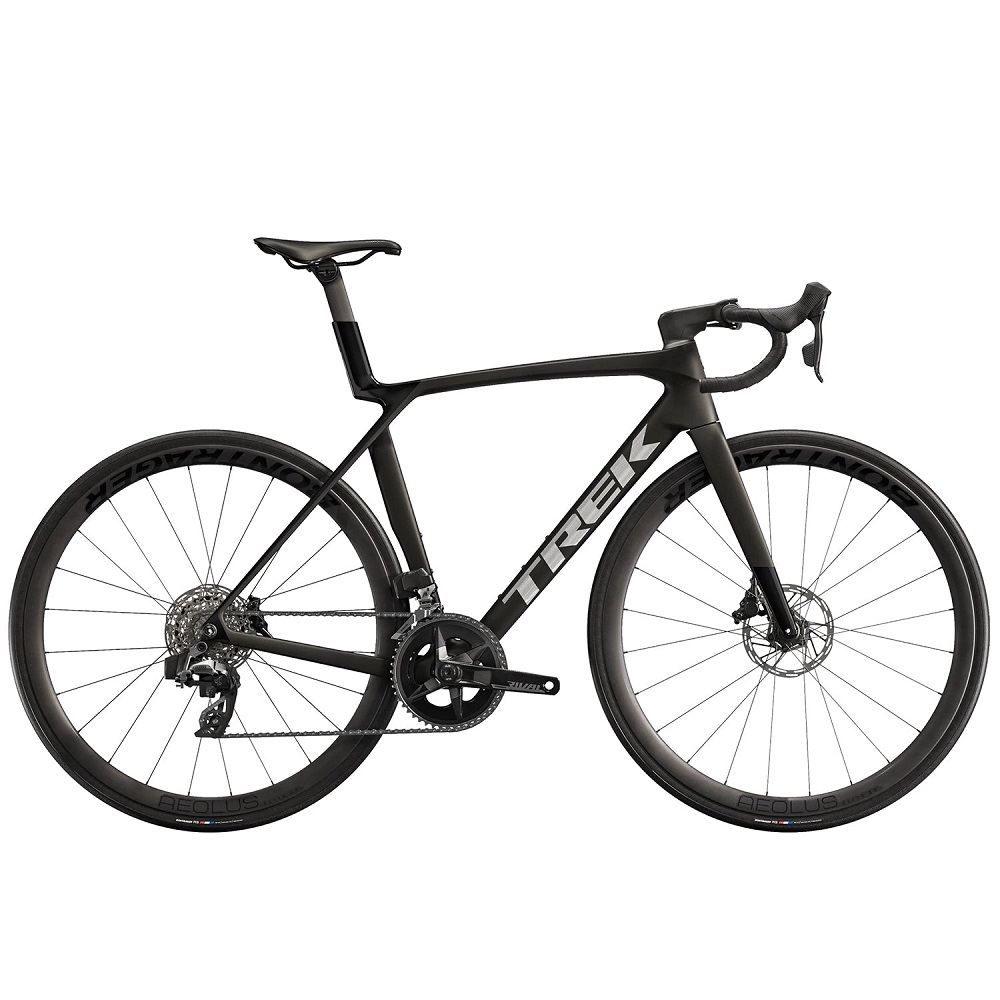
Popular Cycling Road Bike Brands
Choosing the right cycling road bikes often begins with exploring trusted brands. Leading brands offer high-quality designs, diverse models, and solid reputations. Here, we dive into top brands and their differences.
Overview of Top Brands (Specialized, Trek, Giant, etc.)
Several brands dominate the cycling road bike market, each with unique strengths:
- Specialized: Known for innovation, Specialized offers high-performance bikes suited for all cycling needs. Their models range from racing bikes to endurance and gravel options.
- Trek: Trek delivers versatile bikes with cutting-edge features. They focus on comfort and durability, making them ideal for beginners and experienced riders alike.
- Giant: Giant combines advanced technology with affordability. Their lightweight frames and diverse bike types make them a favorite among cyclists.
- Cannondale: Cannondale excels in precision engineering. They produce ultralight frames and designs tailored for speed enthusiasts.
- Bianchi: Bianchi boasts Italian craftsmanship and style. Their bikes prioritize performance and aesthetics, appealing to racing cyclists.
These brands offer reliable options to suit various riding preferences and terrains.
Budget-Friendly vs. Premium Options
Road bikes vary significantly in price, based on features, materials, and designs:
- Budget-Friendly Options:
- Aluminum frames dominate this range for their affordability and light weight.
- Brands like Giant or Trek offer entry-level models with dependable components.
- Ideal for beginners or casual cyclists not looking for high-end performance.
- Premium Options:
- Carbon and titanium frames are common, delivering superior strength and weight savings.
- Specialized bikes or Bianchi models often fall in this category for competitive riders.
- Perfect for cyclists seeking top-tier comfort, durability, and racing capabilities.
Understanding your needs and budget helps determine the right brand and bike model. From trusted names to versatile price ranges, cyclists can find their ideal ride among these popular brands.
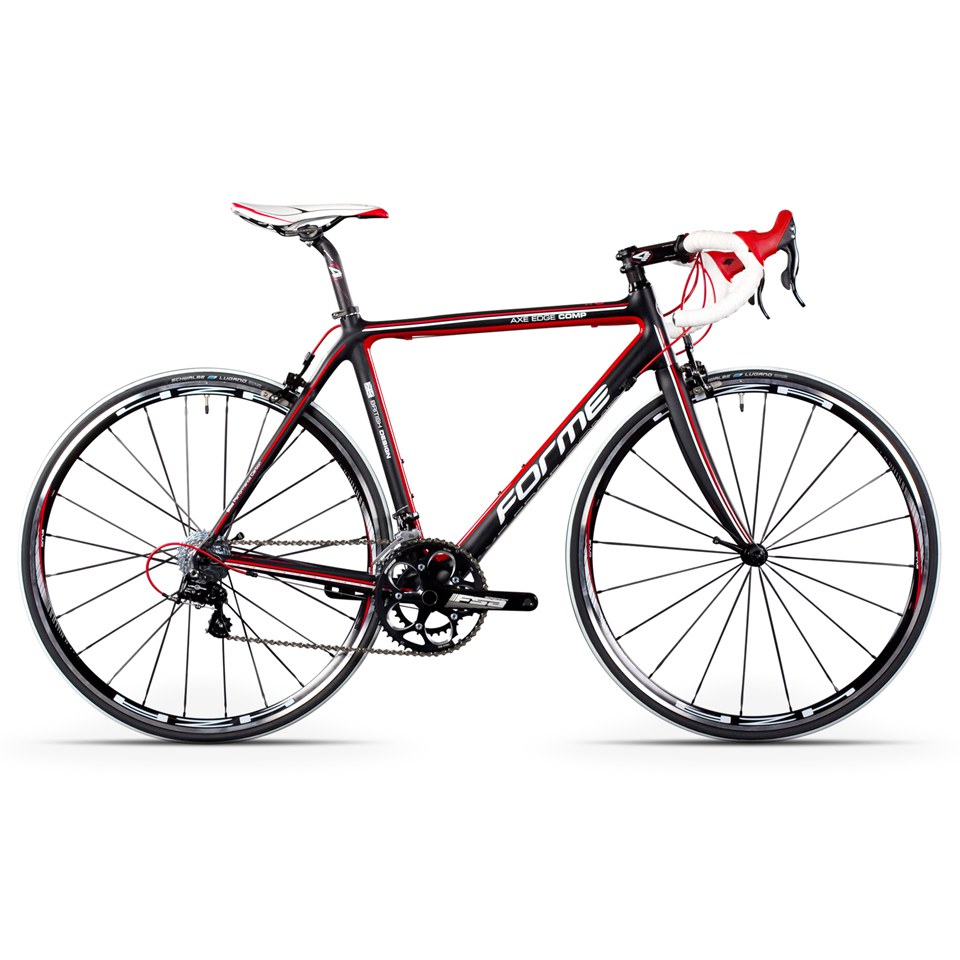
Essential Accessories for Road Cycling
Having the right accessories enhances your cycling experience and ensures safety on the road. From protective gear to performance equipment, here’s what every cyclist needs.
Safety Gear (Helmet, Lights, Reflectors)
Safety gear is a non-negotiable part of road cycling. Key items include:
- Helmet: Choose a lightweight helmet with proper ventilation. Ensure it meets safety standards.
- Lights: Front and rear lights improve visibility during evening or night rides.
- Reflectors: Attach reflectors to your bike frame or clothing for safer rides in low-light conditions.
These essentials protect you and make your presence noticeable to drivers and other cyclists.
Performance Gear (Cycling Shoes, Apparel)
Performance gear boosts comfort and efficiency while cycling. Consider the following:
- Cycling Shoes: Opt for shoes compatible with clip-in pedals to improve pedaling power.
- Apparel: Wear padded shorts and moisture-wicking jerseys for enhanced comfort on long rides.
- Gloves: Cycling gloves reduce vibrations and protect your hands from strain or blisters.
Investing in performance gear ensures a smoother and more enjoyable ride.
Tools and Maintenance Kits
Proper tools and kits are vital for addressing bike issues on the go. Include these items:
- Multi-tool: A compact tool for basic adjustments, such as fixing loose bolts or adjusting brakes.
- Tire Repair Kit: Carry patches or spare tubes to fix flats quickly.
- Portable Pump: Use a mini pump to maintain tire pressure during longer rides.
Regular maintenance extends your bike’s lifespan and keeps it ready for every adventure.
Equipping yourself with these cycling accessories ensures safety, comfort, and preparedness on the road.
Maintenance and Care for Your Road Bike
Proper maintenance ensures your cycling road bike stays in top condition. Regular care improves performance and prolongs its lifespan. Here are essential steps to keep your bike running smoothly.
Cleaning and Lubricating Key Components
Regular cleaning reduces wear and boosts bike efficiency. Key steps include:
- Wash Your Frame: Use a soft cloth and mild soap to remove dirt and grime.
- Clean the Drivetrain: Wipe chains, gears, and derailleurs to clear grease and debris.
- Lubricate Moving Parts: Apply bike-specific lubricants to the chain, derailleurs, and brake pivots.
- Avoid Over-Lubrication: Wipe off excess lubricant to prevent dirt build-up.
Maintaining clean and lubricated components ensures smooth rides and reduces mechanical issues.
Regular Tune-Ups
Tune-ups keep your bike in peak condition. Essential checks include:
- Brake Adjustments: Test brakes for responsiveness and correct alignment.
- Gear Shifting: Ensure smooth gear transitions by checking derailleurs and cables.
- Tire Pressure: Keep tires inflated to the recommended PSI for better handling and comfort.
- Assess Wear and Tear: Inspect tires, brake pads, and chains regularly for signs of wear.
- Tighten Loose Bolts: Check bolts on handlebars, stem, and seatpost for security.
Conduct basic tune-ups monthly and visit a professional for annual servicing.
Storing Your Bike Properly
Proper storage protects your bike from damage and weather elements. Follow these tips:
- Store Indoors: Keep your bike in a dry, temperature-controlled area to avoid rust.
- Use a Bike Stand: Elevate your bike with a stand to prevent flat spots on tires.
- Cover the Bike: Use a bike cover to shield it from dust and moisture.
- Avoid Hanging by Wheels: This can put strain on the wheels, especially for heavier bikes.
Proper storage methods extend your bike’s life and ensure it’s ready for the next ride.
By cleaning components, performing tune-ups, and storing your bike correctly, you’ll enjoy safe and efficient rides for years.
Tips for Beginners Starting with Road Cycling
Starting with cycling road bikes can be exciting but also challenging. Here are essential tips to guide your journey, ensuring you build confidence and enjoy your time on the bike.
Training Tips and Building Endurance
- Start with Short Rides: Begin with 10–20-minute rides to avoid overexertion as a beginner.
- Increase Gradually: Add 10% more distance or time weekly to build endurance steadily.
- Focus on Consistency: Ride several times a week rather than one long ride.
- Practice Cadence: Aim for 80–90 pedal strokes a minute for efficiency and less fatigue.
- Rest Days Matter: Allow your muscles to recover by taking rest days between rides.
- Join Group Rides: Learn from experienced riders and improve your pace with group rides.
A structured training plan tailored for beginners can lead to improved endurance and enjoyment.
Understanding Cycling Etiquette
- Stay Alert: Keep an eye on traffic, pedestrians, and road hazards at all times.
- Signal Clearly: Use hand signals to indicate turns or stops to fellow road users.
- Ride Predictably: Avoid sudden moves to ensure safety for yourself and others.
- Stay to the Right: Ride on the right-hand side unless overtaking another cyclist.
- Pass Politely: Call out “on your left” when overtaking another cyclist or pedestrian.
- Obey Traffic Rules: Treat stop signs and signals as you would in a car.
- Be Respectful: Share the road responsibly and avoid confrontation with drivers or pedestrians.
Following these rules ensures safety and fosters goodwill among all road users.
Choosing the Right Routes for Beginners
- Start on Flat Roads: Flat routes are easier to navigate and help adapt to your bike.
- Avoid High-Traffic Areas: Choose quiet roads or bike paths to feel safer and more confident.
- Check the Distance: Select routes within your endurance level to prevent exhaustion.
- Explore Cycling Apps: Use apps to find beginner-friendly routes with smooth surfaces.
- Practice Loops: Ride routes with a loop near your home or car as a starting point.
- Bring Essentials: Carry a water bottle, phone, and repair kit as precautions.
Finding enjoyable and manageable routes enhances your overall experience and keeps you motivated.
By starting slow, following cycling etiquette, and picking beginner-friendly routes, you’ll develop skills and confidence. Road cycling will soon become a fulfilling and enriching activity.
